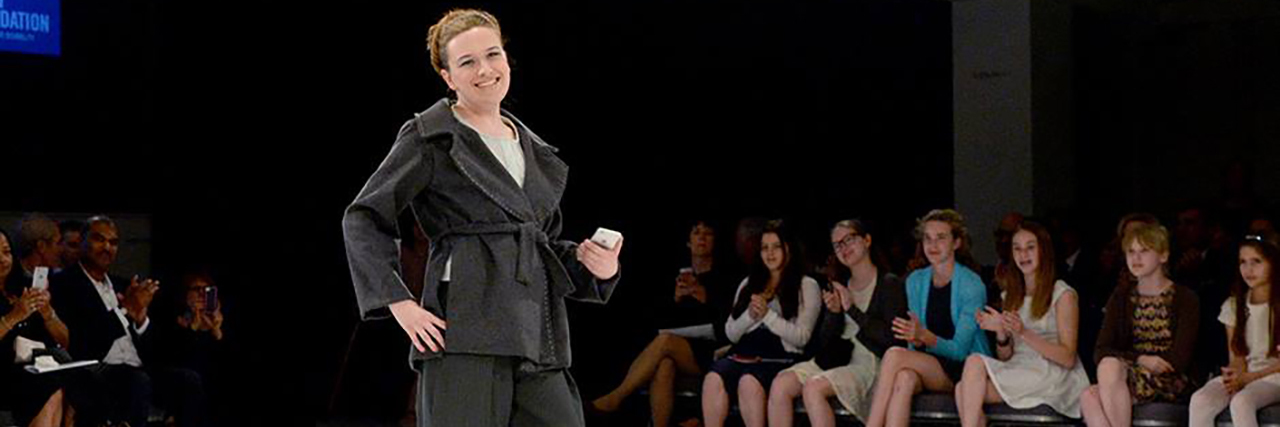Back in the day, one of the top pediatric orthopedic surgeons in the world described my cerebral palsy as being “trivial” in degree. I guess I can understand the use of this word in some aspects. I don’t use a mobility aid and I don’t require adaptive accommodations in my daily routine.
Comparing two people with cerebral palsy is like comparing apples to oranges. The challenges we each face are unique to our lifestyle but equally valid. And being someone who is the mildest of mild does not negate the fact that I still live with cerebral palsy every single day.
I can’t help but notice an under-representation of mild CP across awareness campaigns, media outlets, and the like. This makes me particularly sad. I think of all the kids out there with mild CP who feel misunderstood by their peers. When I was younger I knew no others like me, which left me feeling lonely. I (literally) had one foot in the medical world, but was fully mainstreamed everywhere else!
In 2016, I had the opportunity to be a model as a part of a project with the Cerebral Palsy Foundation in their Design for Disability Runway Show and Gala. The project worked in conjunction with the Fashion Institute of Technology to showcase adaptive clothing designs for women with disabilities. Originally, I was supposed to wear an ankle brace for the show, but after having a discussion with the creative team, I decided to walk the runway without it. I was never reliant on it for movement anyway, and orthotics do not fit into most shoes, including the shoes we had picked to match my outfit (This was before Nike Flyease were introduced.)
While part of me felt out of place being the only model on the runway to walk without a mobility aid, the more I thought about my position in the show, the more empowered I felt. What an honor it was to be able to represent children and adults who were living with one of the mildest forms of CP. And mild CP isn’t rare. In fact, 60 percent of people with cerebral palsy will walk without the use of an aid. Yet I’d never seen a physical representation of mild CP without a mobility aid until I was given the opportunity to walk the runway without my brace. How can the world begin to fully understand cerebral palsy if a range of stories are not being told?
From a medical perspective, being “mild” means we often have less symptoms warranting treatment, or that the risk-reward ratio in pursuing a treatment option does not seem particularly logical (think SDR, osteotomy, Baclofen, etc). This leads to so many of us being caught in a weird space…it’s as if we have enough CP to qualify with the diagnosis, but not enough to benefit from many of the surgical and nonsurgical options that currently exist. The list of treatment options I am not a suitable candidate for, or that would otherwise impact my life in a risky or unnecessary way is longer than the list of those I might benefit from! At this point, I’ve learned to expect there may not be much that can be done to help my pain or improve my mobility any further. Treatment is not a given, it’s a gift. A gift I do not take for granted.
I am a 23-year-old woman who is technically living with the most common childhood disability in the world, and yet it so often feels like I am part of a forgotten majority. Honestly? The medical community needs to do better. I hope to be able to see the day when even the mildest forms of CP are equally represented in research and awareness campaigns, and understood by doctors other than pediatric specialists. Maybe that’s a long shot…
But maybe it should be the goal.
We want to hear your story. Become a Mighty contributor here.
Image provided by contributor.

